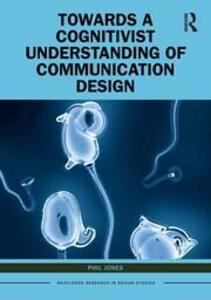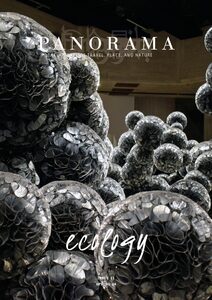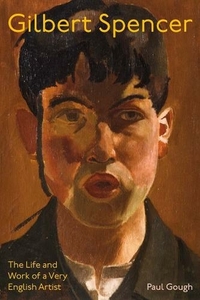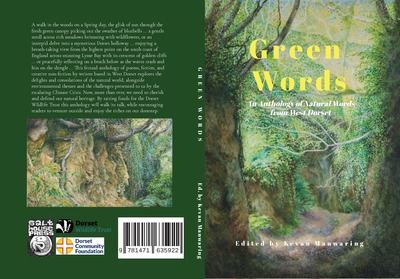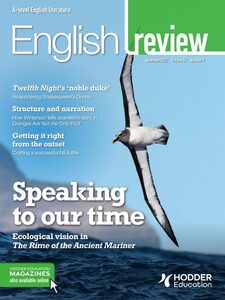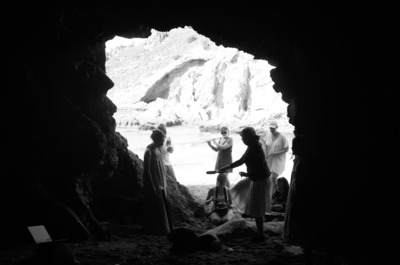This exhibition investigates the properties of forest memory through text, archive, and “xylarium”, or wood collection. Between the French horticultural term “forest trauma” and Robert Pogue Harrison’s “forests of nostalgia”, a whole discipline around history, witnessing, and the memorial qualities of woodland opens up. Art works examining the cultural expression of time and history in the forest are placed here alongside archival photographs, small press texts, artefacts, and museum objects, in an old, low-lit belfry designed by Sir John Soane.
The use of trees and woodland to invoke the past is all around us, from local tree registers and writings (with titles like Legacy Trees, Our Living Memorials, Heritage Trees of Ireland, and Silent Witness: Diary of a Historic Tree), to the Forestry Commission’s 2005 policy for ancient and native woodland entitled “Keepers of Time”. This idea of “Keepers of Time”, of trees being stewards for human memory and the human story, catches the imagination of the government and the media; but it is also the subject of a number of works by artists, writers, and researchers. Relics, by Richard Skelton and Autumn Richardson, uses the linguistic record to chart eleven lost tree genera, identified by pollen grain analysis in the 1960s. Edmund Hardy’s A Forest Set fragmentarily re-quotes Rachael Holtom’s Echoes of Epping Forest: Oral history of the 20th Century Forest, drawing attention to the logic by which historical experience is ‘accessed’ in the forest, and by which different voices become federated in a single account of social memory.
Paul Gough’s Upas Tree drawings take inspiration from Paul Nash’s wartime paintings, which link corpses to shattered or blasted trees, but also from the enigmatic fable of the dreaded Upas Tree, based in turn on the tale of the poisonous anchar tree, first revealed by 18th century botanist Erasmus Darwin. The French term “forest trauma”, used for post-war ecological devastation, is echoed by the linking of man and tree in the commonly used phrase ‘veteran tree’.
 |



 Lists
Lists Lists
Lists

![[img]](/187/3.haslightboxThumbnailVersion/Gough_Write%20off%20thr%20Map%201.jpg)
![[img]](/187/4.haslightboxThumbnailVersion/Gough_Write%20off%20thr%20Map%202.jpg)


